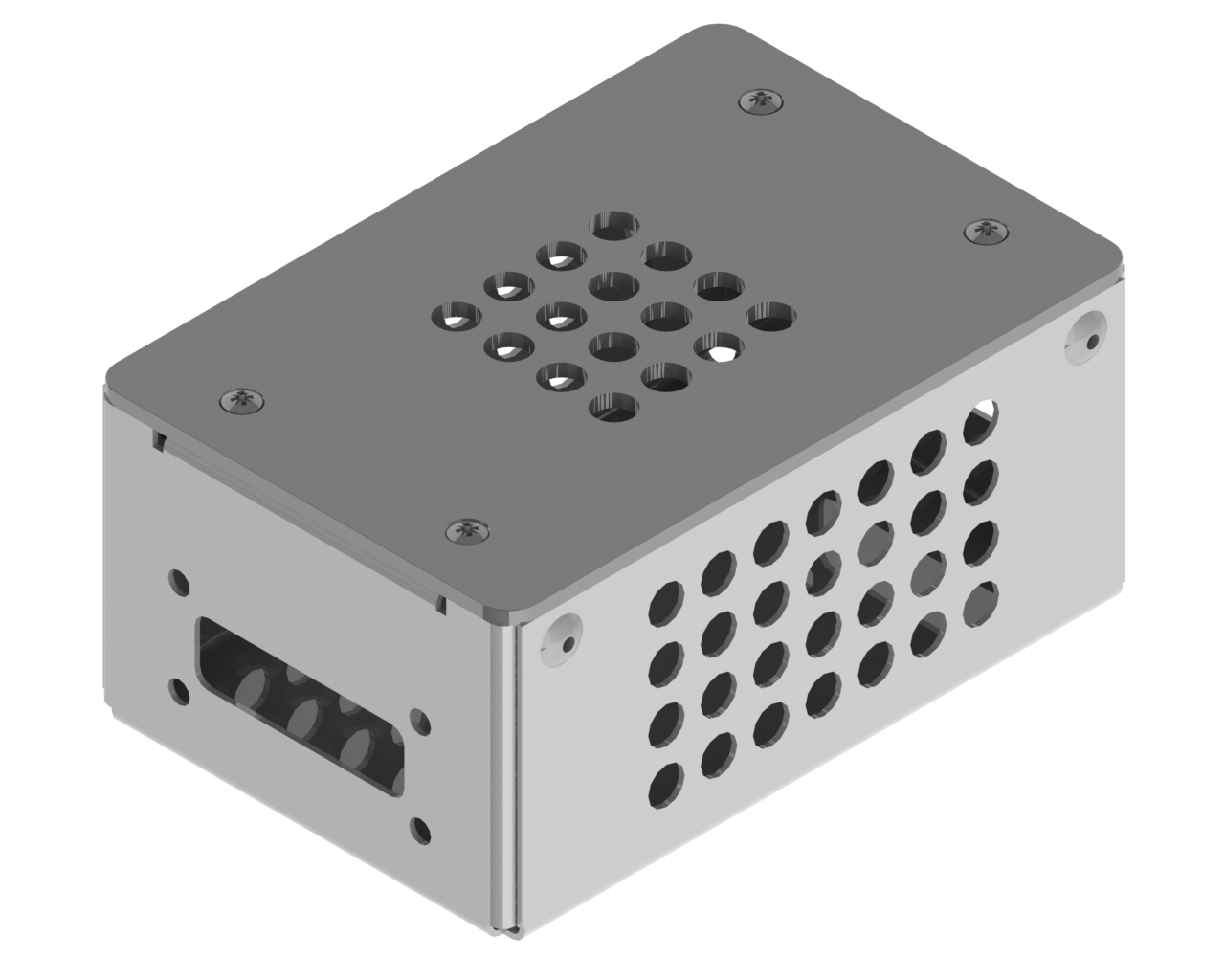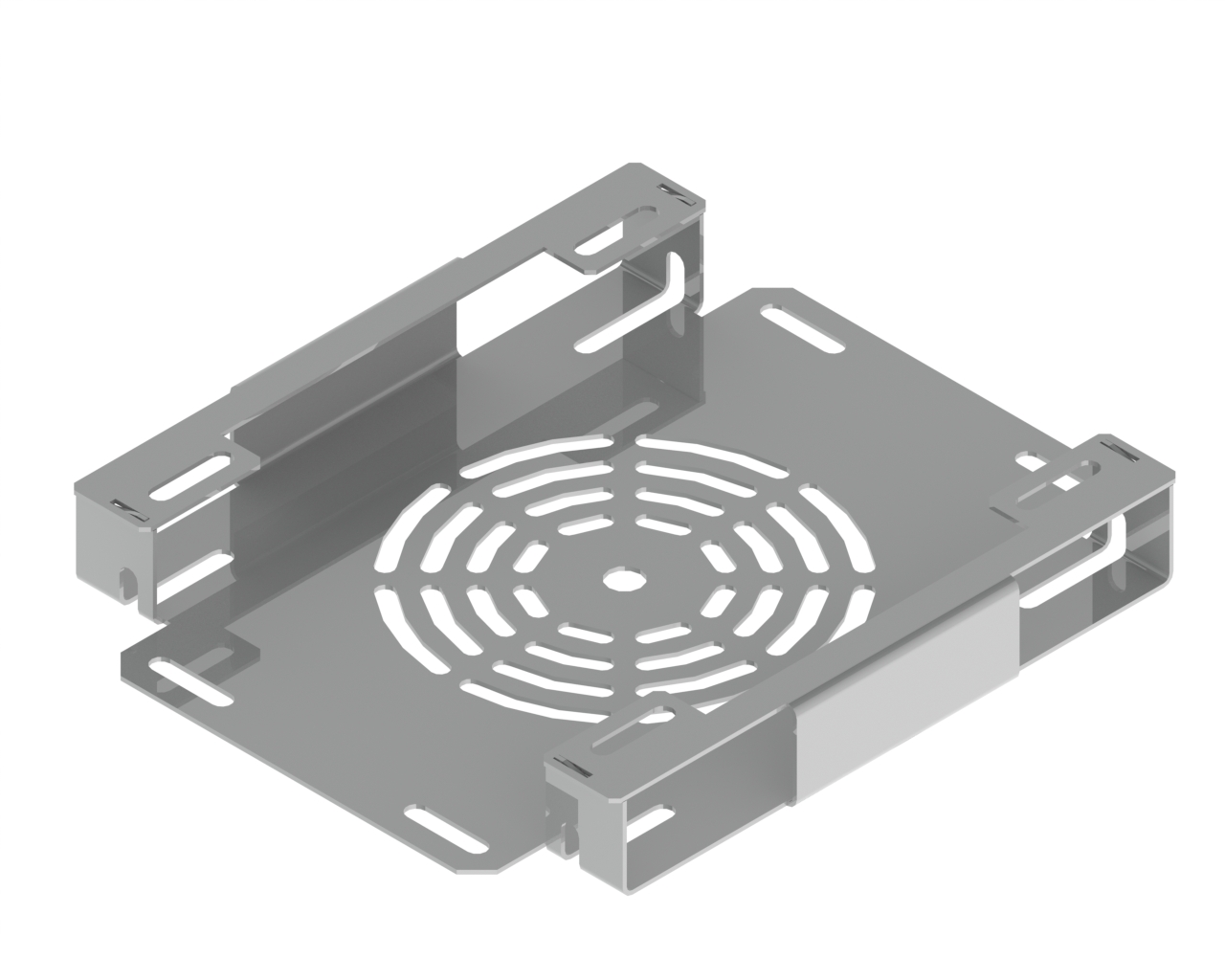Deburring
Edge quality guaranteed by deburring with rollers and balls.
Deburring
When punching, it is nearly impossible to avoid a rough edge with projections, besides the injury risk to the operator, this can cause both visual and functional problems.
Burrs created in the production process can be removed on the long edges by means of roller deburring tools. In this case, the tool is moved along the contours of the cutting-edge and removes the burr. In combination with the deburring multitool, an excellent edge quality is achieved including on radii and tight corners.
For thinner round contours, a ball deburring tool is used as it guarantees better quality of the components. The particularly visible edges are suited for the use of a deburring tool as they can produce high quality, virtually burr free components.
Notes on the design
- Roller deburring can be used with sheet thicknesses of 0.8 mm ≤ s ≤ 4.0 mm, although subsequent processing by means of the deburring multitool is only practical with sheet thicknesses of 0.8 mm ≤ s ≤ 2.5 mm. Ball deburring is possible for sheet thicknesses s of 1mm ≤ s ≤ 6mm.
- The chamfers created during roller deburring, and when using the deburring multitool have maximum dimensions of 0.1 x 45°.
In roller deburring, the contour radius R must not be greater than 20 mm although the deburring multitool can also cope with contour radii R of up to 2.5 mm. For ball deburring, the maximum for the contour radius R is 1.5 mm. 4.
The width of the groove Q must not be less than 5 mm for roller deburring, while it can be 3 mm for ball deburring.


Example parts

Riveted box
Electricity
- Thread formation
- deburring
- standard forms
- multibend

Fan mount
Mechanical Engineering
Do you want to know more information?
At Ripleg we have all the subcontracting services necessary to carry out our clients’ industrial projects, from technological design to the finished product.



